The Philippines is an archipelago nation situated in Southeast Asia and blessed with a tropical climate. However, it is also prone to various forms of extreme weather conditions due to its location at the intersection of several climatic systems.
The Philippines’ susceptibility to natural disasters makes understanding weather patterns and disaster preparedness vital. With a high risk of typhoons, earthquakes, and other calamities, emergency response measures are crucial in mitigating their impact. By embracing a culture of disaster preparedness and utilizing technology, the country can build resilience and ensure the safety of its citizens.
This article will discuss the weather patterns in the Philippines, the impacts of extreme weather events, the importance of disaster preparedness and measures to mitigate risk, as well as technological innovations to improve readiness. Ultimately, by better understanding how we can reduce our vulnerabilities to natural disasters, we can create a more resilient society and protect our fellow citizens from harm.
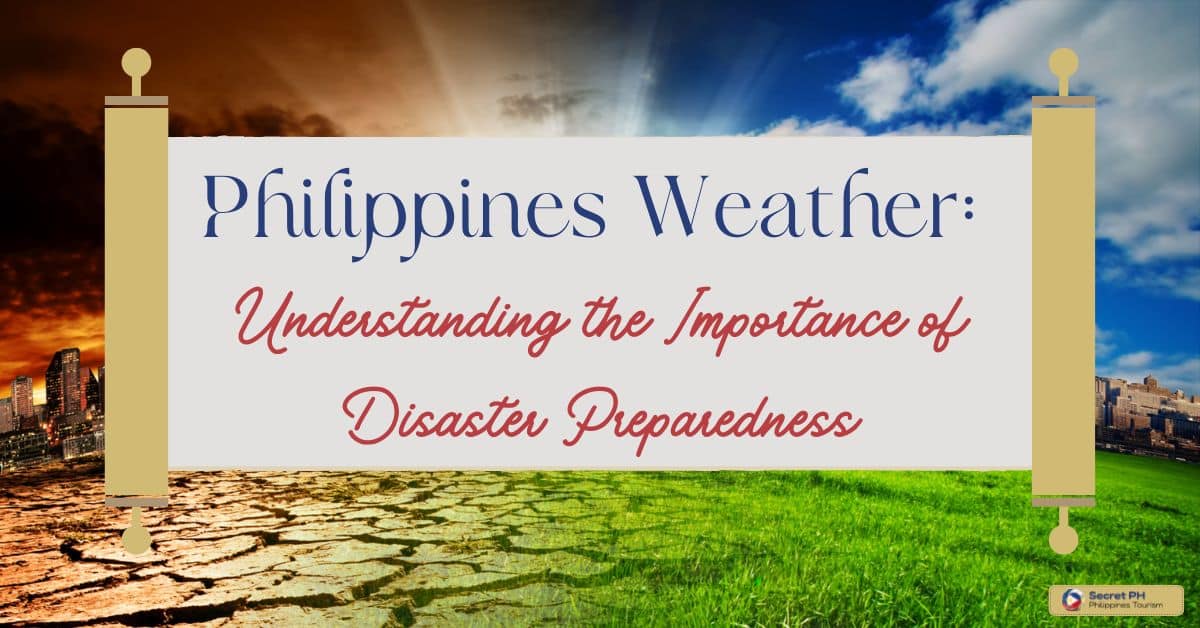
Weather Patterns in the Philippines: Understanding the Climate
The Philippines has a tropical climate with high temperatures and humidity throughout the year. It is characterized by two distinct seasons, the wet and dry seasons.
The wet season, which lasts from May to October, is marked by heavy rainfall and the occurrence of typhoons or tropical cyclones. On the other hand, the dry season, which runs from November to April, is characterized by low rainfall and hot temperatures.
The country’s location along the Pacific Ring of Fire also makes it prone to earthquakes and volcanic eruptions. Understanding the weather patterns and climate in the Philippines is essential in disaster preparedness and response efforts.
The government and local communities have implemented measures to monitor weather conditions and warn citizens in advance of potential disasters, emphasizing the importance of preparation and readiness during times of extreme weather events.
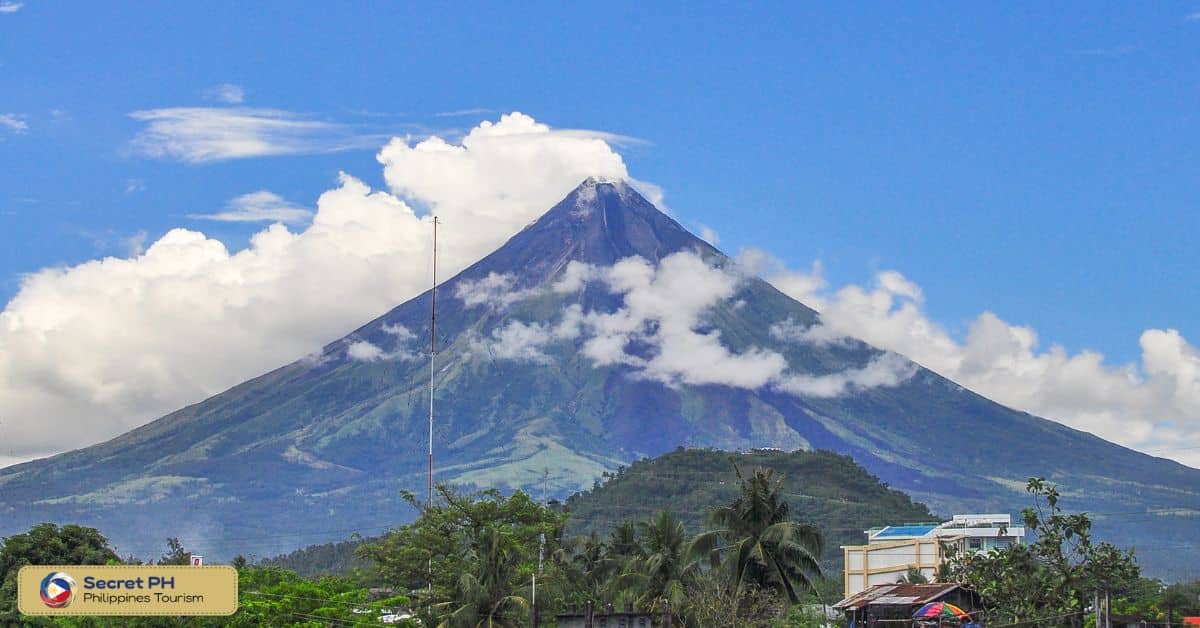
The Impact of Extreme Weather Events: Lessons Learned from Past Disasters
Extreme weather events have a significant impact on societies, causing the destruction of property and infrastructure, loss of life and displacement, and economic consequences. The Philippines is a country prone to natural disasters, and past extreme weather events have taught important lessons for disaster management and preparedness. Here are some of the lessons learned:
- The importance of early warning systems and effective communication to inform citizens of potential disasters.
- The need for evacuation plans and disaster risk reduction programs to reduce the impact of natural disasters on vulnerable communities.
- The necessity of building resilient infrastructure and implementing strict building codes to withstand extreme weather events such as typhoons and earthquakes.
- The importance of collaboration and cooperation among government agencies, NGOs, and local communities in disaster response and recovery efforts.
- The recognition of climate change and its impact on extreme weather events, emphasizes the need for long-term solutions to reduce greenhouse gas emissions and mitigate the effects of global warming.
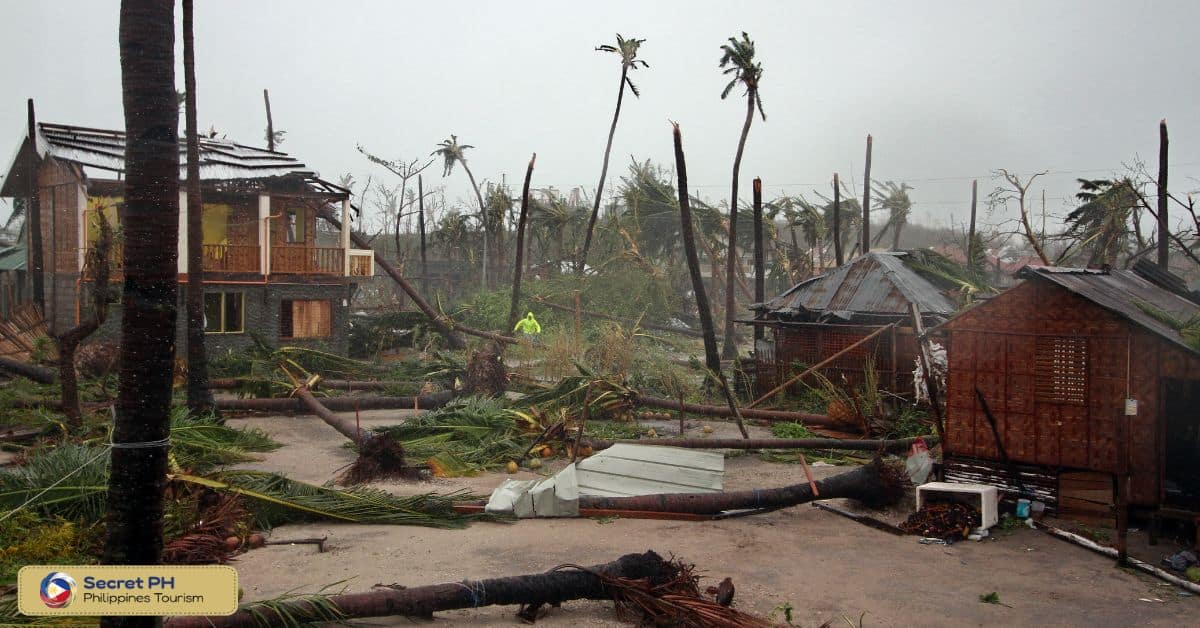
The Importance of Disaster Preparedness: Mitigating the Effects of Natural Disasters
Disaster preparedness is a critical aspect of reducing the impact of natural disasters in the Philippines. With the country being prone to typhoons, earthquakes, floods, and landslides, it is essential to have effective disaster management strategies in place to mitigate the effects of these events.
Saving Lives
Disaster preparedness saves lives by providing early warning systems and evacuation plans that help people to move to safer areas in the event of a disaster. Emergency response teams are also better equipped to handle the aftermath of a natural disaster when preparedness measures are in place.
Reducing Damage to Property and Infrastructure
Preparedness measures help to reduce damage to property and infrastructure by building resilient structures, reinforcing existing infrastructure, and implementing strict building codes. This is especially important in areas that are prone to natural disasters like typhoons and earthquakes.
Ensuring Continuous Service Delivery
Disaster preparedness also ensures continuous service delivery by critical government services like healthcare, water supply, and electricity. Preparedness measures help to minimize disruptions to essential services during and after a disaster, ensuring that communities can quickly recover from the impact of the event.
Enhancing Community Resilience
Effective disaster preparedness measures can also help to enhance community resilience by improving community awareness and education about disaster risks and providing resources for disaster preparedness. This empowers communities to be proactive in their disaster response and recovery efforts, reducing the impact of disasters on their lives and livelihoods.
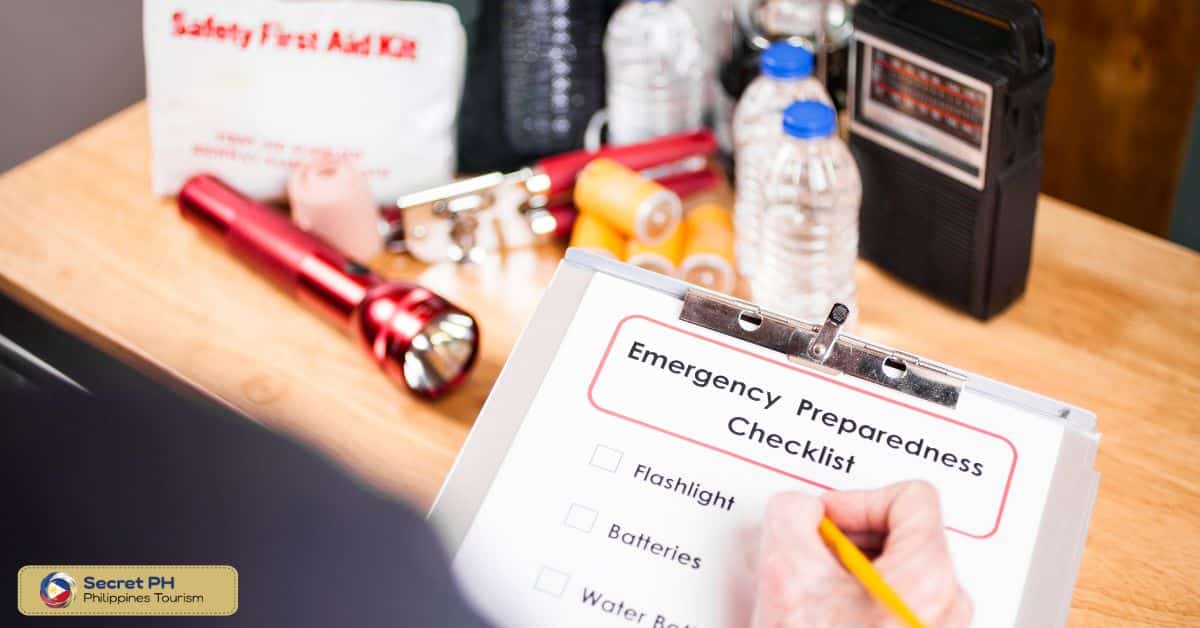
Emergency Response and Recovery Efforts: Building Resilience in the Face of Disasters
Natural disasters such as typhoons, earthquakes, and floods can have devastating effects on communities in the Philippines. Emergency response and recovery efforts are crucial to help affected communities recover from the impact of these events and build resilience for the future.
1. Emergency Response Efforts– Effective emergency response efforts are critical in saving lives and providing immediate assistance to affected communities. This includes search and rescue operations, emergency medical care, and the distribution of food, water, and other essential supplies.
2. Disaster Recovery Efforts– Disaster recovery efforts are essential in helping affected communities recover and rebuild after a natural disaster. This includes the restoration of infrastructure, housing, and other essential services.
3. Building Resilience– Building resilience is essential to prepare communities for future natural disasters. This includes establishing early warning systems, strengthening critical infrastructure, and developing disaster risk reduction programs.
4. Capacity Building– Capacity building efforts are essential in developing the skills and knowledge required for effective emergency response and disaster recovery efforts. This includes training programs for emergency responders, community members, and local government officials.
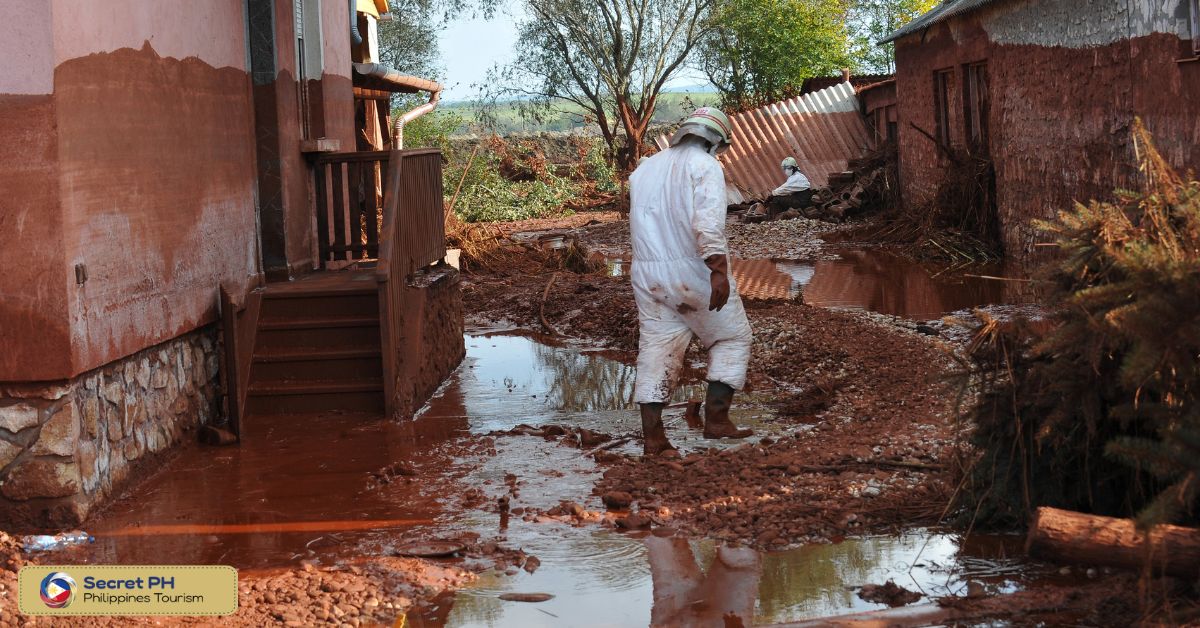
Disaster Preparedness Measures: Government and Community Initiatives
Disaster preparedness measures are crucial for the safety and well-being of citizens in the Philippines, a country prone to natural disasters such as typhoons, earthquakes, and landslides. The government and communities have implemented several initiatives to mitigate the impact of these events and ensure the safety of the population.
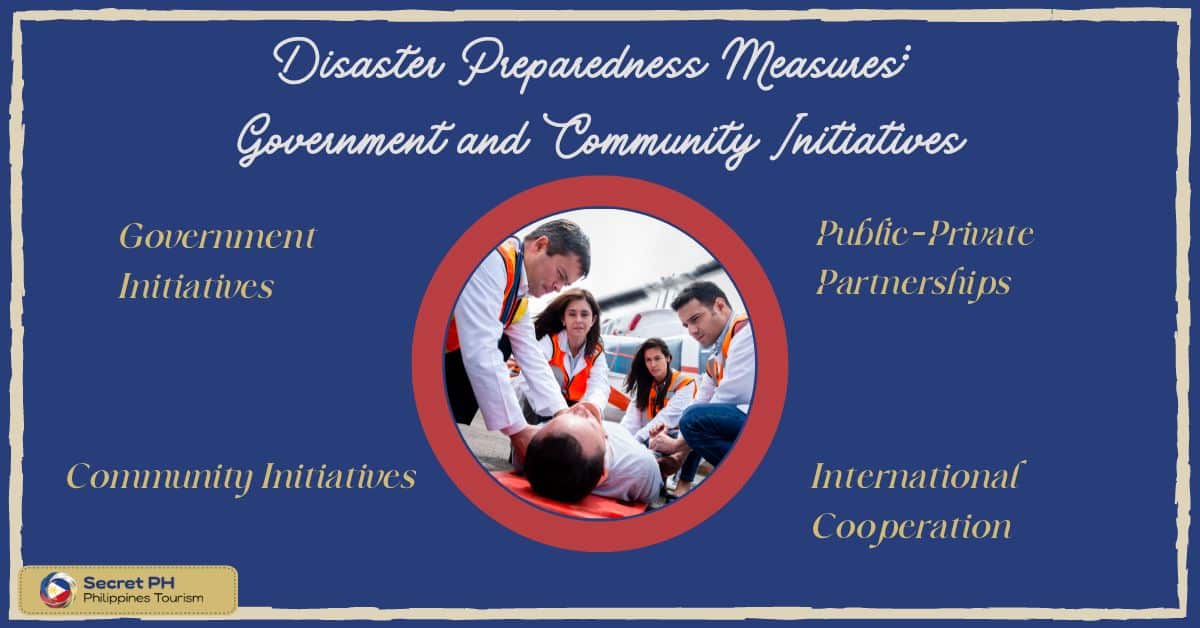
Government Initiatives
The government has implemented several disaster preparedness initiatives, including early warning systems, evacuation plans, and disaster risk reduction programs. The National Disaster Risk Reduction and Management Council (NDRRMC) is responsible for coordinating disaster management efforts and providing assistance to affected communities. The council works with local governments and NGOs to ensure that preparedness measures are in place and that response efforts are timely and effective.
Community Initiatives
Local communities have also taken an active role in disaster preparedness by organizing disaster drills, identifying evacuation routes, and establishing community response teams. These initiatives help to increase community awareness and education about disaster risks and empower individuals to take an active role in their safety and well-being. Community initiatives also promote collaboration and cooperation among community members, building a stronger sense of community resilience.
Public-Private Partnerships
Public-private partnerships have also been established to enhance disaster preparedness measures. The private sector has contributed resources and expertise to support disaster management efforts, such as building resilient infrastructure, providing emergency response equipment, and developing innovative solutions for disaster preparedness. These partnerships promote collaboration and cooperation between the government, private sector, and local communities to build a more resilient society.
International Cooperation
International cooperation has also played a significant role in disaster preparedness measures in the Philippines. The country has received support from international organizations, such as the United Nations Development Programme (UNDP) and the United States Agency for International Development (USAID), to enhance disaster management efforts. This cooperation includes technical assistance, financial support, and capacity-building programs to strengthen disaster preparedness measures in the country.

The Role of Technology in Disaster Preparedness: Innovations and Best Practices
Technology has become an essential tool in disaster preparedness, providing innovative solutions and best practices to enhance emergency response and recovery efforts. In the Philippines, where natural disasters are common, technology has played a crucial role in mitigating the impact of these events and building resilience in affected communities.
Early Warning Systems: Provide advanced warning of natural disasters, giving communities more time to prepare and evacuate. These systems include weather monitoring devices, satellite imaging, and mobile phone alerts. Early warning systems are crucial in disaster preparedness, as they can help save lives and reduce the impact of natural disasters.
Communication Systems: These are critical in emergency response and recovery efforts. Technology has provided new tools for communication during natural disasters, such as social media, mobile apps, and satellite phones. These communication tools can help emergency responders and affected communities to stay connected and coordinate their efforts.
GIS and Mapping Technologies: GIS (Geographic Information System) and mapping technologies are crucial in disaster preparedness, providing real-time data on the impact of natural disasters and the location of affected communities. GIS and mapping technologies also support disaster recovery efforts by providing detailed information on the status of infrastructure, housing, and other essential services.
Drones: Become increasingly popular in disaster preparedness, providing real-time images and videos of affected areas. These images and videos help emergency responders to assess the impact of natural disasters and identify areas that need immediate attention. Drones can also be used to deliver essential supplies to affected communities, such as food, water, and medicine.
Wearable Technology: Such as smartwatches and fitness trackers, has the potential to enhance disaster preparedness by providing real-time health data on individuals in affected communities. This data can help emergency responders to prioritize medical attention and identify those who need immediate medical attention.
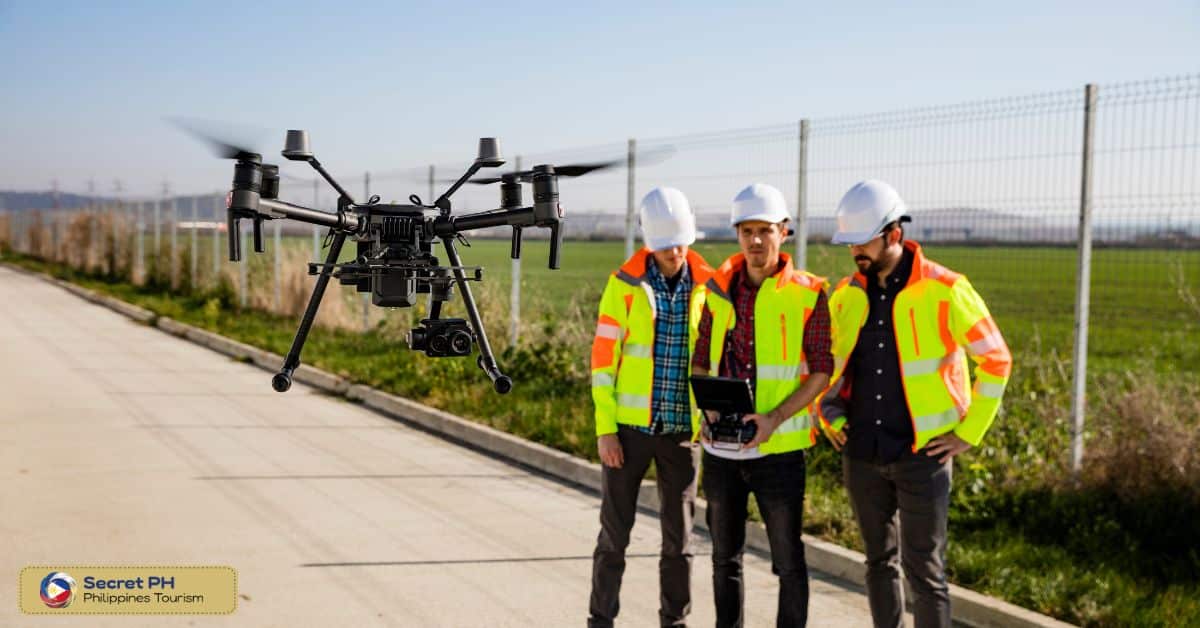
In conclusion
Disaster preparedness is an essential part of reducing the impact of natural disasters in the Philippines. Technology has played a crucial role in enhancing disaster preparedness measures by providing innovative solutions and best practices for emergency response and recovery efforts.
Early warning systems, communication tools, GIS and mapping technologies, drones, and wearable technology are all important tools that have helped to improve disaster preparedness in the country. By investing in these technologies and implementing effective disaster management strategies, the Philippines can build a more resilient society to withstand the impact of natural disasters.









